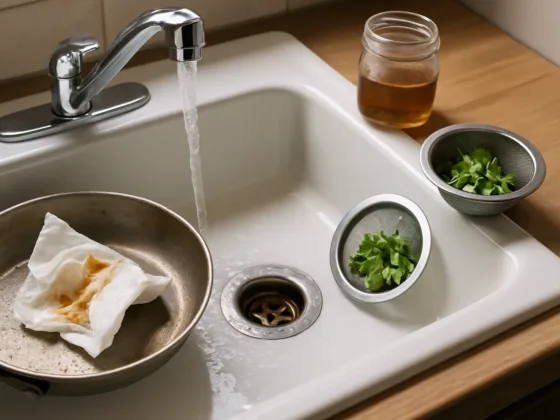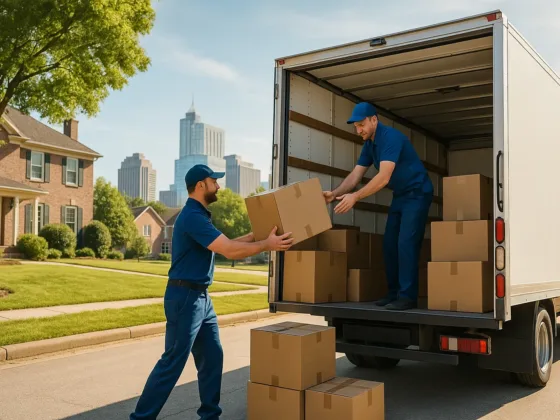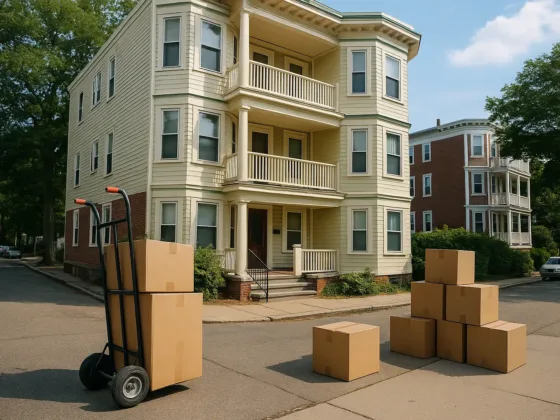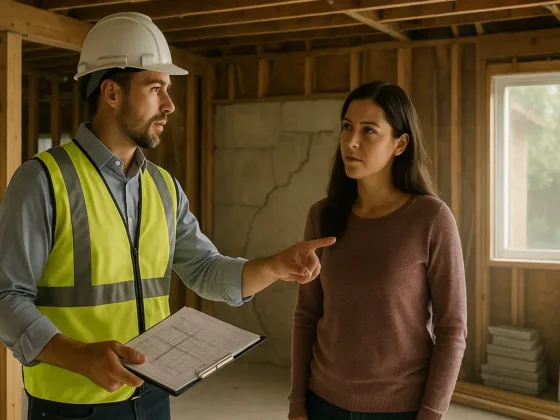Table of Contents Show
Flood damage restoration at home or work can be daunting, inconvenient, and dangerous. If your home or business is affected by flood damage, it’s advisable to seek help right away.
However, if you opt to handle the cleanup yourself, it’s crucial to be aware of what you should and shouldn’t do to make the process easier and safer. Below are the dos and don’ts of water damage restoration.
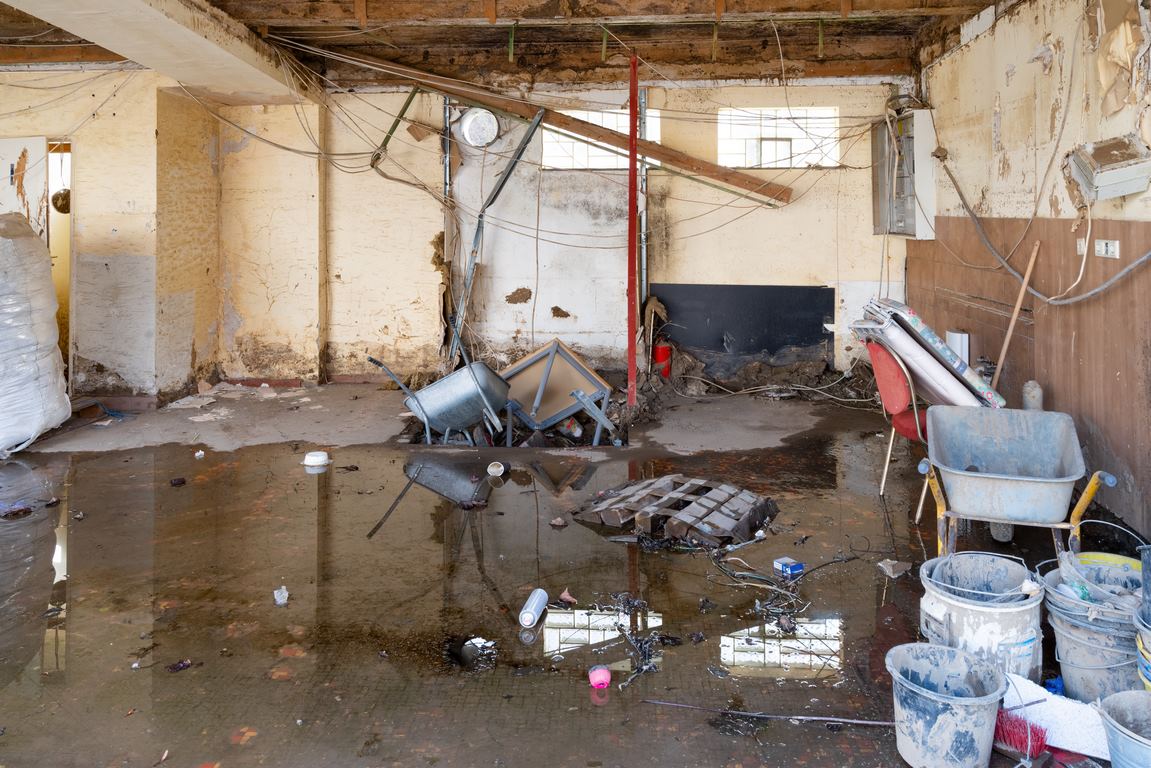
Dos of Flood Damage Restoration
Do Secure the Area
The first and most important thing to do after flood damage is to prioritize your and your family’s safety. This is because floods can come with dangerous snakes and insects that could be life-threatening.
Additionally, if your electric wires are naked, power could run through the floodwater, which is dangerous. To secure your space, turn off the power if it’s safe.
If turning off the power requires you to step on wet areas, you should refrain from the task and reach out to a water damage specialist for help. As a rule of thumb, don’t re-enter your affected house without turning off the power.
After the power is turned off, cover any holes or cracks in your walls or roof to prevent external elements from entering your home. Then look for rodents, insects, and snakes that may have come with the floodwater.
Read Also:
Do Call the Insurance Company
Before you call a plumber for repairs after the flood damage, you should first reach out to your insurance company so they can send an adjuster to assess the damage. However, this is only the case if the flood damage is covered by your insurance policy.
If you fix your home before an adjuster assesses the damage, the insurance company may fail to compensate you. Therefore, always inform your insurance company before starting any repairs.
If the insurance company delays assessing the damage, document it yourself and send it to them. After taking photos and documenting major and minor damage, you can perform your repairs.
However, remember to keep all receipts for purchases like traps, fans, or duct tape because you’ll need them to ensure you’re fully compensated.
Do Wear Protective Gear
When it comes to water damage, health and safety are key. Ensure you wear protective equipment during the flood damage restoration process. Mold, sewage, and debris from floodwater can harm your health.
Protective equipment to wear during flood damage restoration includes electrically insulated and watertight boots, heavy and waterproof gloves, safety goggles, protective head cover, comfortable clothing, long pants, and long-sleeved shirts and respirators in homes with mold contamination.
If you don’t have the right protective gear to protect yourself from injuries and bacteria, it’s wise to leave the task to the professionals.
Don’ts of Flood Damage Restoration
Don’t Hesitate To Get Help
Many people make the mistake of trying to handle the flood damage restoration process alone. This can be dangerous, and you can end up doing more harm than good to your property.
Even if you can turn off the power, you may lack the tools and equipment to restore your home to its original state. Also, if your business is affected, you may be emotional and sentimental, which can affect your assessing capabilities, causing you to unintentionally retain damaged items.
Additionally, if you don’t act quickly to handle the mess, the damage can spread throughout your home.
Therefore, consider reaching out to professionals immediately so they can kickstart the restoration process before the damage escalates. Professionals will accurately assess the damage and eliminate everything beyond repair to avoid health issues from mold.
Moreover, professionals have specialized remediation equipment and chemicals, which maximizes safety and prevents further property damage. Reputable professionals are licensed and insured, meaning you can be compensated if your property is damaged during the restoration process.
Don’t Use a Vacuum Cleaner in Wet Areas
Many people make the mistake of using a vacuum cleaner to get rid of stagnant water after flood damage. This is heavily discouraged, as it can lead to electrocution, damage to the equipment, and difficulty cleaning the vacuum bag.
If you need to remove stagnant water, settle for shop vacs specifically designed to suck up water without electrocution or damage.
Don’t Use Electrical Appliances
Until your home or office is restored to its original state and properly inspected by a water damage specialist, it’s wise to avoid using electrical appliances. This is because having these appliances in wet areas can cause fatal accident shocks.
Conclusion
Flood damage restoration can be stressful and dangerous, especially if you’ve never experienced it. Fortunately, the guidelines listed above can go a long way in helping you manage the task.





